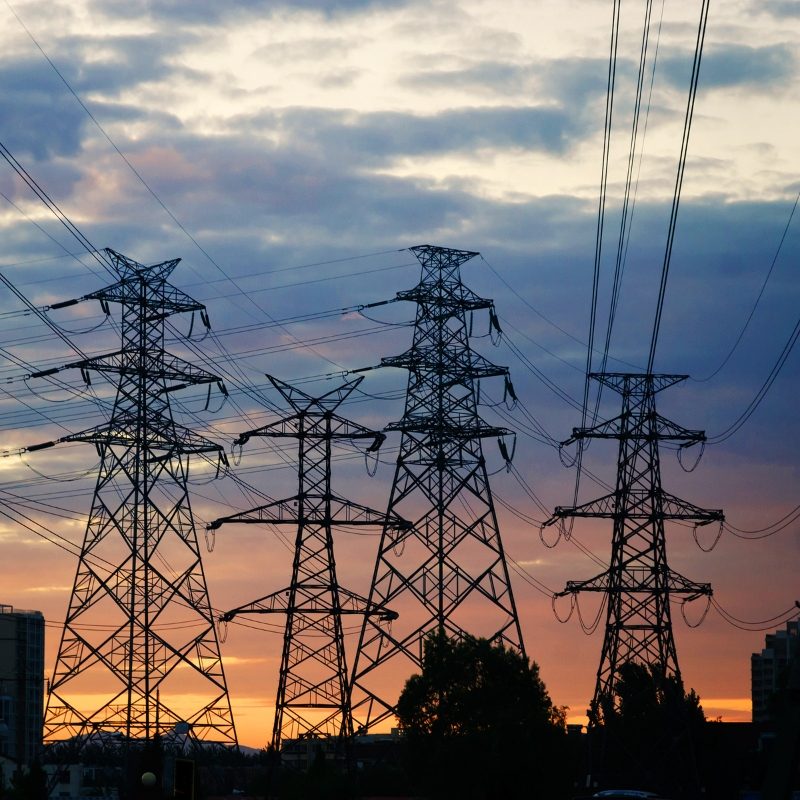Transmission Line
Check Akuntha’s Services for Transmission line Projects.
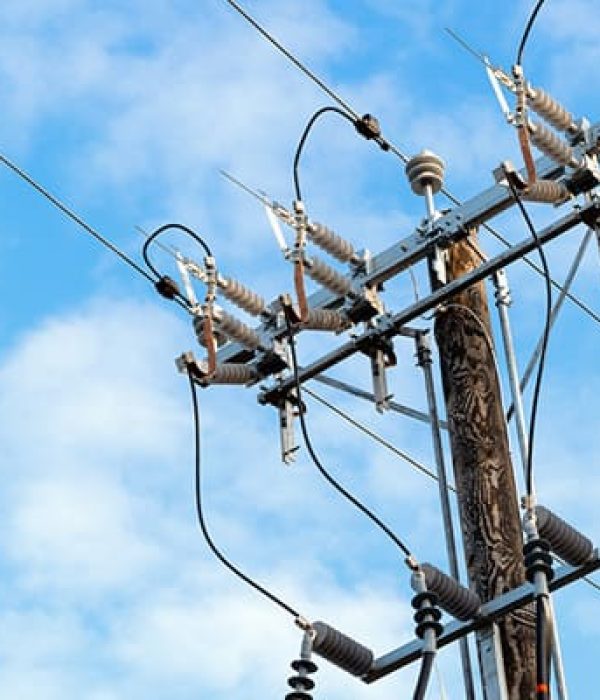
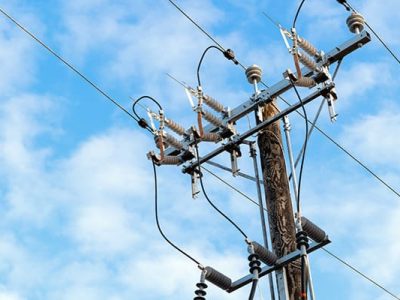
Transmission Line
Transmission lines are integral elements of the power system infrastructure, facilitating the efficient and dependable transmission of electricity over considerable distances.
At Akuntha, we specialise in providing advanced transmission line solutions that prioritise the seamless transfer of electrical energy.
Our comprehensive maintenance services are designed to ensure the continuous reliability and optimal efficiency of transmission lines.
We are steadfast in our commitment to employing superior-quality materials and equipment, ensuring the long-lasting durability of our transmission line installations.
Process of Transmission line
Supply
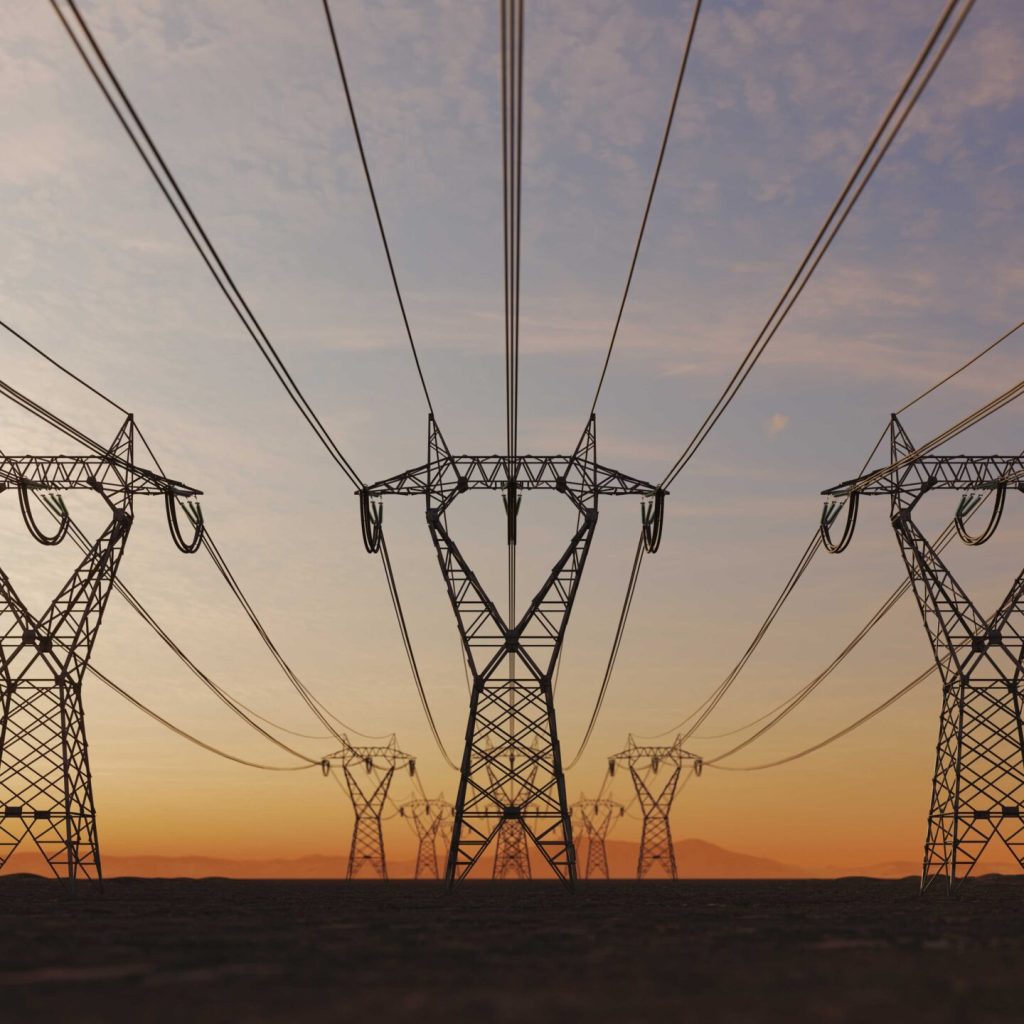
At Akuntha, we prioritise the smooth supply of materials and equipment for transmission line projects. We work closely with trusted suppliers and manufacturers to ensure the availability of high-quality components like conductors, insulators, towers, transformers, and circuit breakers.
Our experienced team conducts thorough supplier evaluations, quality assessments, and contract negotiations to guarantee the reliability and compliance of the procured items. By efficiently managing the supply chain, including inventory monitoring, logistics coordination, and supply chain management, we ensure timely project execution, cost-effectiveness, and optimised construction schedules.

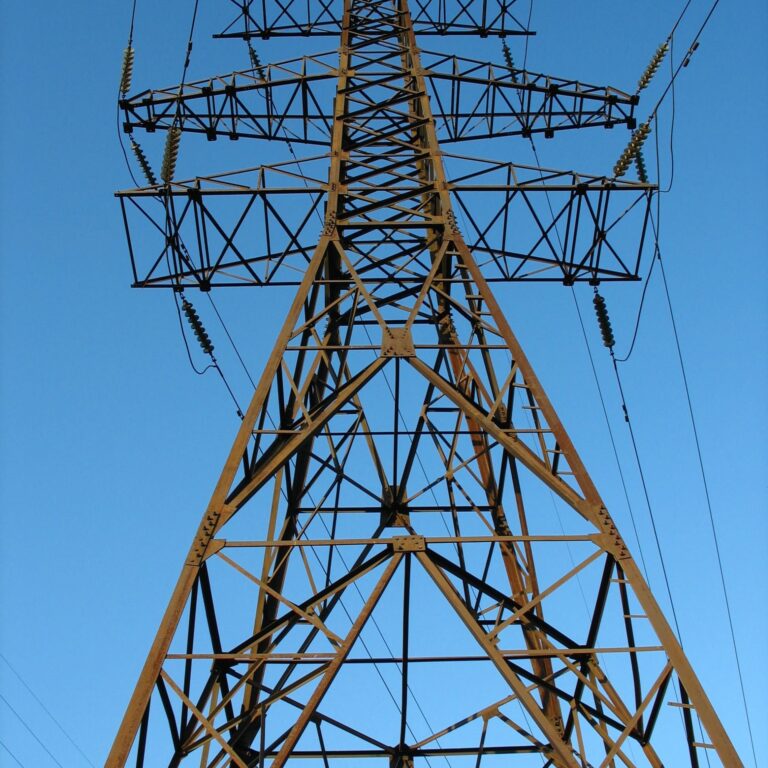
Erection
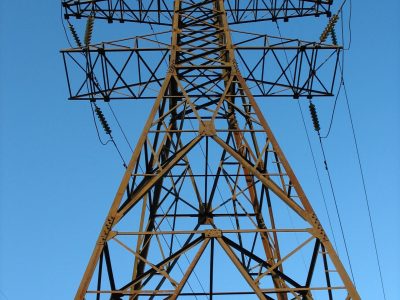
The erection stage of transmission line construction is crucial, and at Akuntha, we pay meticulous attention to detail during this process. Our dedicated team conducts rigorous planning and surveys to determine the optimal route for the transmission line, considering factors such as land use, environmental impact, and regulatory compliance.
We handle land acquisition and work diligently to obtain the necessary permits and approvals. Adhering to the highest engineering standards and safety protocols, our skilled crew assembles and secures towers, following established best practices. We prioritise compliance with local regulations and engage stakeholders to minimize environmental impact and ensure community satisfaction.
Installation
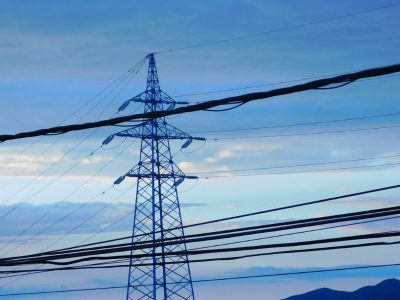
We excel in the installation of transmission line components, ensuring efficient and reliable power transmission systems. Our experienced technicians handle the precise placement of conductors, insulators, and other equipment on transmission towers. Our team selects insulators based on voltage rating, pollution levels, and environmental conditions to guarantee optimal performance.
Employing industry-leading techniques, we string and tension conductors to achieve optimal sag and mechanical stability. We prioritise safety by implementing robust grounding systems to safeguard personnel and equipment. Throughout the installation process, we adhere to established standards, specifications, and safety protocols. Rigorous quality control measures, including thorough inspections and testing, ensure the proper installation and functionality of all components.
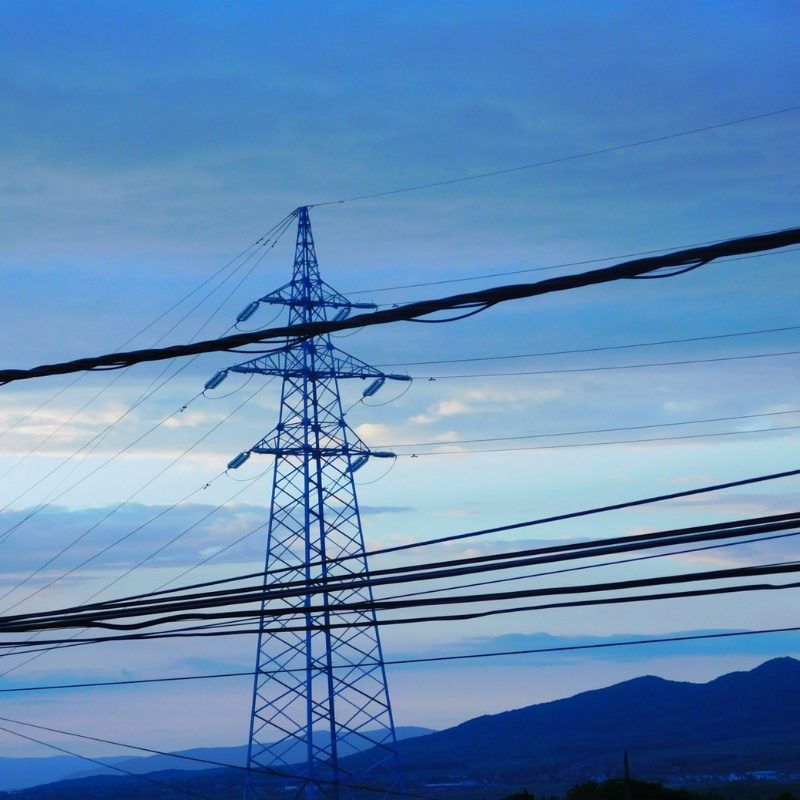
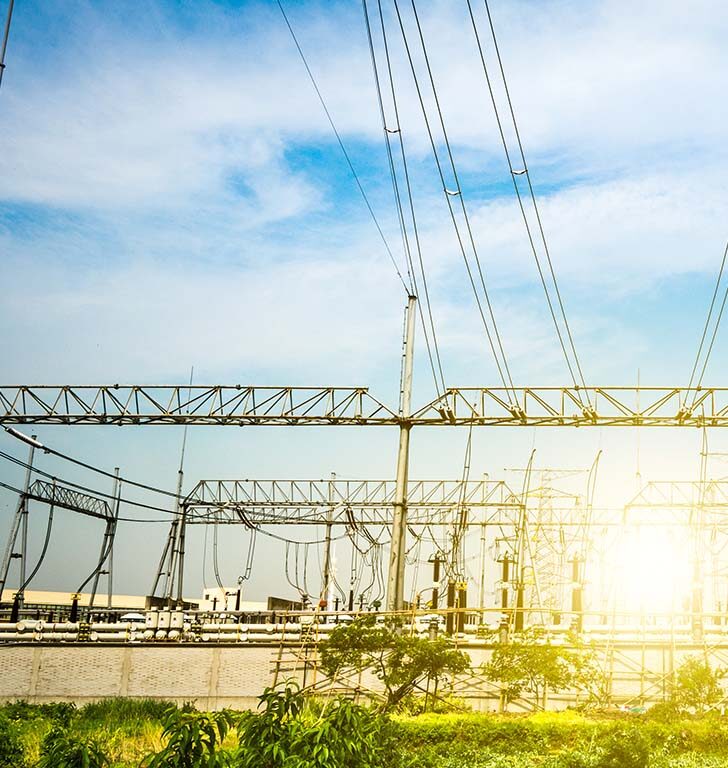
Testing and Commissioning
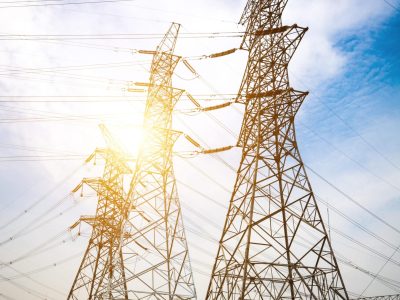
Akuntha conducts comprehensive testing and commissioning procedures to ensure the performance and reliability of transmission lines. We rigorously test the integrity of insulation under various voltage levels and analyse impedance and faults to ensure efficient protection coordination. Our team verifies the effectiveness of grounding systems, conducts conductor resistance measurements, and assesses voltage regulation and system stability.
Through meticulous commissioning, we gradually energies the transmission line, monitor performance under load conditions, and ensure synchronization with connected substations. This thorough approach guarantees seamless integration into the power grid, ensuring optimal operation and reliability.
Operation and Maintenance of Transmission Line
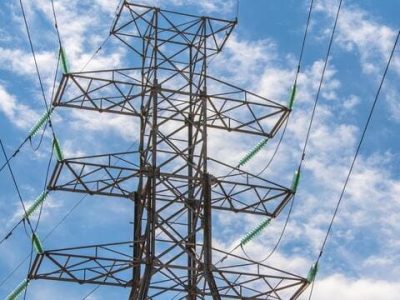
The operation and maintenance of transmission lines involve activities focused on ensuring the reliable and efficient performance of the electrical infrastructure. This includes regular inspection, maintenance, and repair of transmission towers, conductors, insulators, and other components. Safety protocols, including grounding and surge protection, are implemented to safeguard personnel and equipment.
Monitoring transmission line parameters such as voltage, current, and power losses helps optimise system efficiency. Effective contingency planning, grid security measures, and adherence to sustainability practices are also essential for long-term reliability and resilience of the power transmission network.
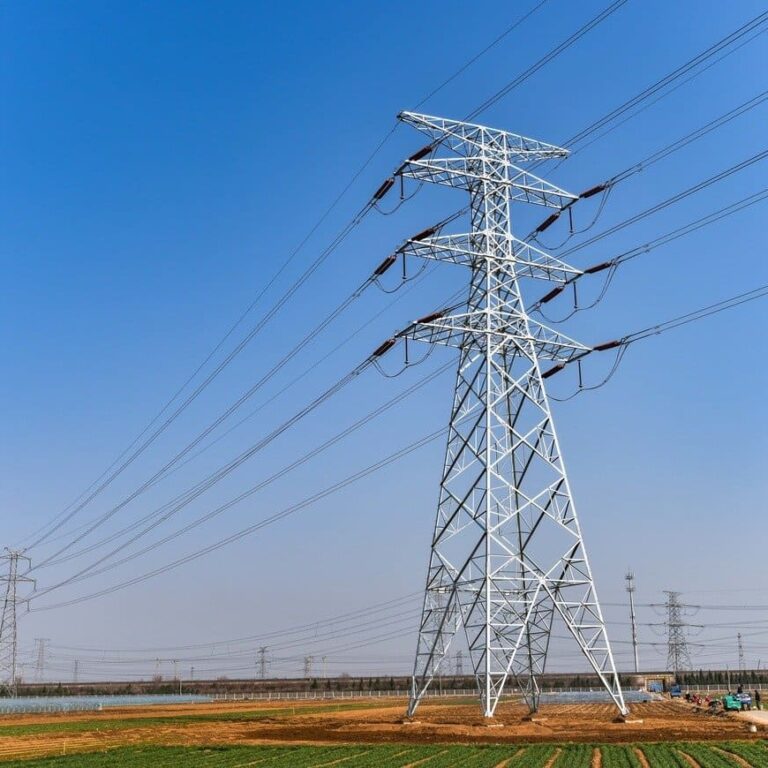
How the Transmission Line works?
Transmission lines are designed to minimize losses and voltage drops while maintaining the required power quality. Transmission lines utilize various parameters, such as capacitance, inductance, resistance, and reactance, to optimize power flow and impedance matching.
With careful design, engineering, and consideration of economic and sustainability factors, transmission lines form an interconnected network that connects power generation sources, substations, and distribution systems, ensuring the secure and efficient transmission of electricity to meet the demands of consumers while promoting a sustainable energy future.
Benefits of Transmission Line
Transmission lines are vital elements of the power grid, facilitating the interconnection of power generation facilities, substations, and distribution systems.
Efficient Power Transfer
Transmission lines enable the efficient transfer of electricity over long distances, allowing power generated at remote locations to reach areas with high electricity demand. They minimise the need for local power generation, reducing costs and resource requirements.
Voltage Regulation
By using transformers at substations along the transmission line, voltage levels can be stepped up or down as needed. This ensures the proper voltage levels for efficient power transmission and distribution, maintaining the quality of electricity delivered to end-users
Reliability and Resilience
Transmission lines enhance the reliability and resilience of the power grid. They provide redundancy and alternative paths for power flow, allowing for rerouting in case of line or equipment failures. This helps in maintaining a stable power supply and minimising disruptions.
Flexibility and System Integration
Transmission lines facilitate the integration of various power generation sources, including renewable energy, into the grid. They enable the transfer of power from remote renewable energy sites to population centers, supporting the transition to a cleaner and more sustainable energy mix.
Grid Expansion and Load Growth
Transmission lines play a vital role in expanding the power grid and meeting increasing electricity demand. They allow for the connection of new power generation facilities, including renewable energy projects, and enable the transmission of power to growing urban and industrial areas.
Economic Benefits
Transmission lines help optimise the cost of electricity by enabling the efficient use of generation resources. They allow for the integration of cost-effective power sources, including renewable energy, which can lead to lower electricity prices for consumers. Additionally, transmission infrastructure investments create jobs and stimulate economic growth.
Environmental Considerations
Transmission lines facilitate the integration of various power generation sources, including renewable energy, into the grid. They enable the transfer of power from remote renewable energy sites to population centers, supporting the transition to a cleaner and more sustainable energy mix.
Grid Stability and Ancillary Services
Transmission lines provide stability to the power grid by enabling the transfer of power across different regions. They support the provision of ancillary services, such as frequency and voltage regulation, necessary for maintaining grid stability and ensuring reliable power supply.
Frequently Asked Questions
Electric shock is the most serious risk linked with transmission lines. It is critical to use caution and avoid coming into touch with live wires, since this can result in serious injury or even death. It is critical to keep a safe distance from electricity lines and to avoid climbing on them.
The length and complexity of the project, as well as regulatory permits, environmental issues, and weather conditions, all influence the duration of transmission line construction. Construction timescales can range from months to years, with careful planning and attention to safety measures being critical.
Transmission line maintenance entails routine inspections, testing, and maintenance operations aimed at finding and correcting any problems. Activities like vegetation maintenance, conductor tensioning, insulator cleaning, and equipment inspections fall under this category. Routine maintenance can assure the gearbox line’s continued durability and efficiency.
A transmission line is a conduit for electrical electricity to be transported from power plants or substations to distribution networks. It is made up of different parts, including conductors, towers or poles, insulators, and other equipment. These components work together to ensure that power is transferred safely and efficiently, allowing it to reach its intended destination on time.
